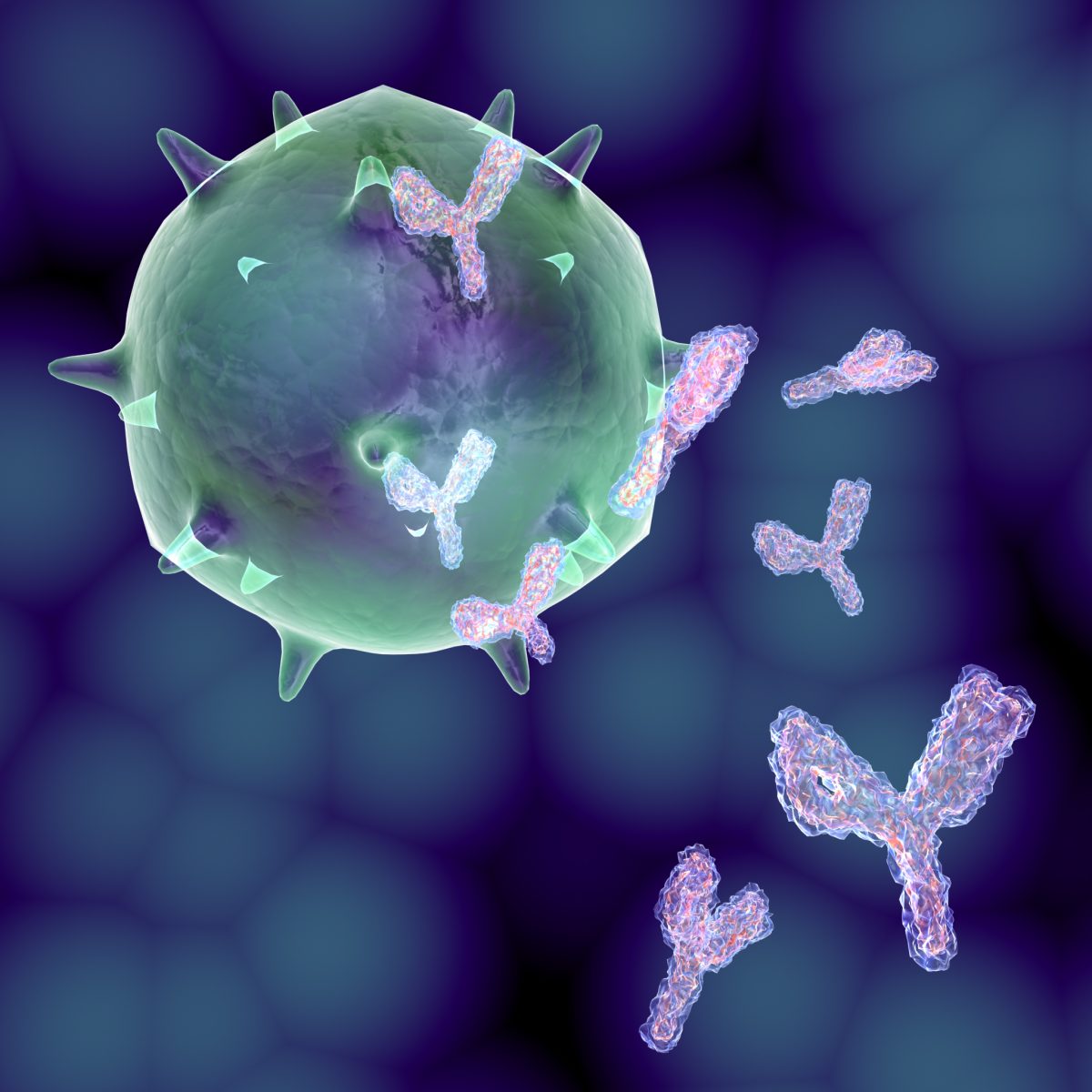DN2 B-Cells at Heart of Lupus Disease Activity, Study Suggests
Written by |

DN2 B-cells — a subset of immune B-cells that are rare in healthy individuals, but extremely common in patients with systemic lupus erythematosus (SLE) — play a critical role in the production of harmful autoantibodies and lupus activity, a study reports.
Conducted by a team of researchers at the Emory University School of Medicine, the study, “Distinct Effector B Cells Induced by Unregulated Toll-like Receptor 7 Contribute to Pathogenic Responses in Systemic Lupus Erythematosus,” was published in the journal Immunity.
SLE, the most prevalent form of lupus, is a chronic autoimmune disease characterized by a series of physical, behavioral, and psychological symptoms, including tissue inflammation, skin rash, pain, fatigue, depression, and impaired cognition.
Although it was already known that the levels of DN2 B-cells are higher in patients affected by the most severe forms of SLE and in those who have kidney problems, their precise function and contribution to the production of autoantibodies (harmful antibodies that target the body’s own healthy tissues and organs) was not yet fully understood.
However, scientists believed these DN2 B-cells to be “extrafollicular,” that is, they are usually found outside B-cell follicles, which are special regions within the lymph nodes where B-cells are activated during an immune response.
“Overall, our model is that a lot of lupus auto-antibodies come from a continuous churning out of new responses,” Scott Jenks, PhD, a postdoctoral fellow at Emory and co-first author of the paper, said in a press release. “There is good evidence that DN2 cells are part of the early B cell activation pathway happening outside B cells’ normal homes in lymph nodes.”
Data from previous research had already shown that African-Americans had higher rates of lupus than whites. In the current study, the researchers also found that African-Americans had higher levels of DN2 B-cells.
They collected and studied DN2 B-cells from two different groups of patients: the first (SLE1), included 40 patients with lower disease activity, and the second (SLE2), included 50 patients with higher disease activity. They found a higher rate of DN2 B-cells in the second group, which was predominantly African-American.
After examining the gene expression profile of DN2 B-cells in more detail, the researchers found they were derived from naïve B-cells (B-cells that had never been exposed to an antigen) and seem to be the precursors of plasmablasts — cells that normally produce antibodies to fight against bacteria and viruses, but in lupus, they promote the formation of autoantibodies.
Moreover, they also discovered their differentiation into plasmablasts and subsequent production of autoantibodies was driven by toll-like receptor-7 (TLR7) signaling — a molecular pathway used by the immune system to sense viral infections — and interleukin-21 (IL-21).
In fact, the researchers were convinced that the hyper-response of DN2 B-cells to TLR7 signaling could be the mechanism by which they over-expanded in SLE patients.
“Our work provides further support for the importance for TLR7 in lupus pathology,” Jenks said. “Targeting TLR7 might both block the generation of pathological B cells and prevent their subsequent activation and differentiation into plasma cells.”
“In all, DN2 cells represent a poised pre-PC [plasma cell] stage of pathogenic relevance through the production of disease-related autoantibodies. Our work also provides insight into the molecular underpinnings of abnormal DN2 cell responses thereby opening avenues for different therapies, segmentation, monitoring, and outcome measurements in SLE,” the researchers wrote in the study.




